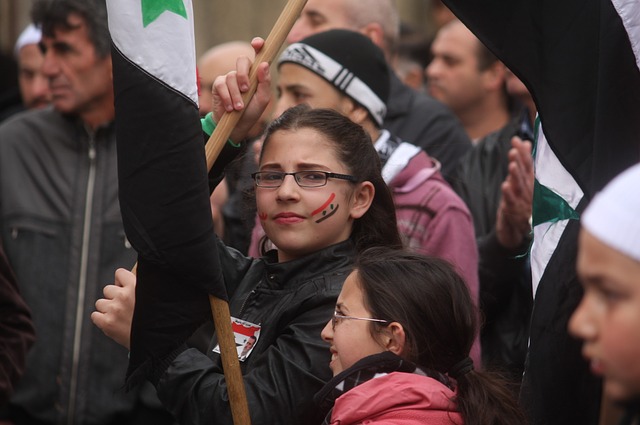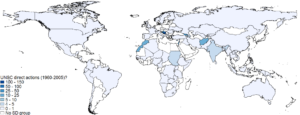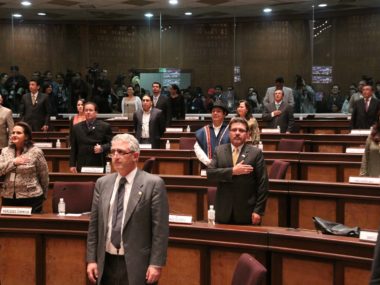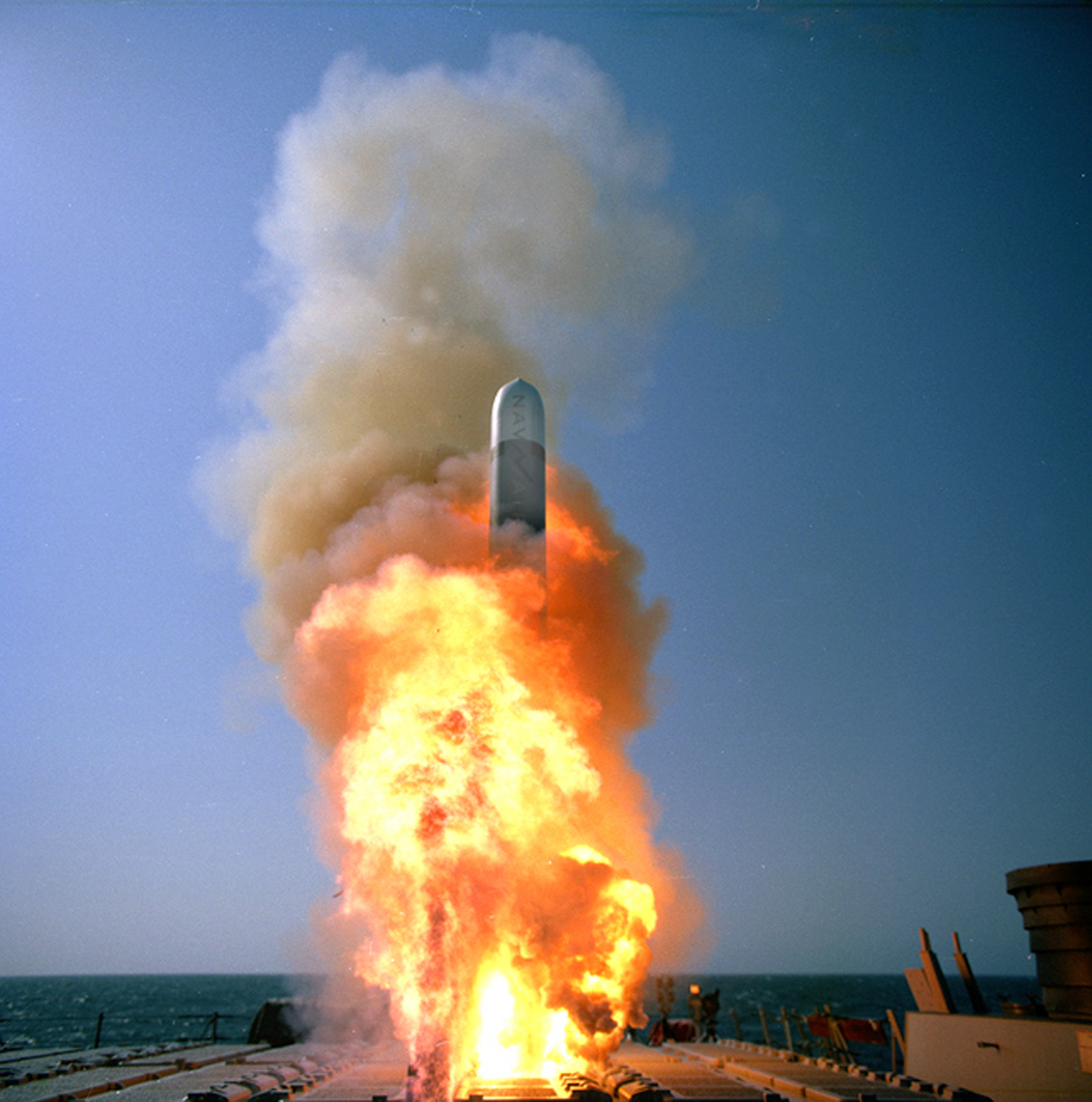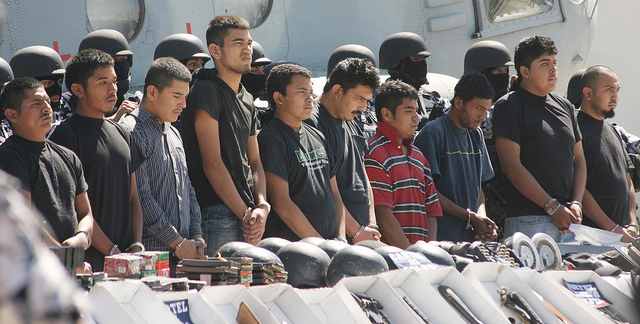By Peter B. White, David E. Cunningham, and Kyle Beardsley
Research into the role of the UN in decreasing violence in conflict, and in prolonging peace after conflict, suggests that UN efforts to reduce and resolve conflict are generally effective. Much less understood is the role of the UN in preventing disputes from becoming violent in the first place. There is increasing interest among scholars regarding the UN and other international actors and conflict prevention, and an interest in conflict prevention is evident in the UN itself. The UN Charter states that a major goal of the UN is to “prevent and remove threats to peace” not just react to them. And the phrase “culture of prevention” is a frequent one in discourse within the UN. In the first address that Antònio Guterres gave to the Security Council as UN Secretary-General, conflict prevention was a point of emphasis. He admonished that “[w]e spend far more time and resources responding to crises rather than preventing them. People are paying too high a price […] We need a whole new approach.”
There are examples of the UN putting these words to action. The deployment of UNPROFOR in 1992 to Macedonia to prevent the Balkan conflict from spilling-over there is a well-known one. And in 1997, the United Nations Security Council (UNSC) issued a series of resolutions and a UN special envoy engaged in aggressive diplomatic efforts in order to prevent the Cyprus conflict from re-igniting following the Greek Cypriot decision to install a series of missile batteries. While anecdotes can be found of UN action to prevent conflict, UN failures to act are also conspicuous: UN inaction in the Syrian Civil War and the Rohingya crisis are two glaring examples. The puzzle then is why the UN is so keen to prevent conflict in some cases, but absent from others.
In a recent article in the Journal of Peace Research, we find strong evidence that the UN is active in seeking to prevent violent conflict in non-violent self-determination disputes and that it directs these efforts to disputes with characteristics that make them more likely to escalate to violence. However, its prevention efforts are driven primarily by concerns over the regional contagion of armed conflict and past histories of conflict. The UN is unlikely to engage in preventive action in response to dispute- and country-level risk factors.
We examine UNSC resolutions directed at non-violent self-determination disputes between 1960 and 2005. Self-determination disputes take place between national governments and ethnic groups seeking a greater degree of control or autonomy in some territory. These disputes, such as that between the Kurds and the Iraqi government, are a common cause of civil war in the post-Cold War era; yet, critically, not all self-determination disputes lead to civil war. In our analysis, we treat self-determination disputes as a set of potential civil wars in which the UN could direct preventive action. To focus on conflict prevention, we specifically examine UNSC action in disputes that are not experiencing high levels of violence.
We connect UNSC resolutions to disputes based on a close reading of the operative paragraphs of the resolutions and whether they refer to self-determination disputes explicitly (e.g., “Turkish Cypriots”) or implicitly (e.g., the “two communities [in Cyprus]”). In our analysis, we differentiate between those resolutions that authorize the use of force (e.g., peacekeepers), issue sanctions or embargoes, order diplomatic efforts (e.g,. mediation, shuttle diplomacy), or simply condemn one or both parties in a dispute.
Our analysis suggests that two main factors drive UNSC action towards non-violent disputes: “bad neighborhoods” and histories of violence. Specifically, non-violent self-determination disputes are more likely to attract UNSC action when they neighbor countries that are experiencing civil wars or have had some past history of substantial violence—such as the Western Sahara dispute. However, the characteristics of a dispute or country—such as internal divisions in dissident movements, neighboring ethnic kin, or regime-type—do not significantly drive UNSC action.
We believe this stems from resistance of Member States (and of UNSC members) to efforts to place their internal affairs—and those of their allies—under close scrutiny. Indeed, in 2013 a short-lived effort to hold “Horizon Scanning” briefings in the UNSC to encourage conflict prevention was ended in part over objections by member-states stemming from “political sensitivities” over the topics of the briefings. Given the evident barriers to even open discussion of conflict prevention at the country- and dispute-level, it is not surprising that there are barriers to UN preventive action in response to these factors.
It is striking though, that despite these political barriers, the UN does respond to the risk of a dispute becoming violent. However, its efforts seem to focus on past history of violence and nearby civil war. The UNSC may be able to more readily act on these risk-factors because they are more objective measures of conflict risk and do not invoke member-states’ internal affairs in the same way.
Our results also point to the special role that “preventive diplomacy” may have in UN efforts at conflict prevention. The trend for resolutions to be directed at disputes that neighbor active civil wars or have a history of past violence is strongest when the resolutions pertain to UN diplomatic activity, such as mediation, shuttle diplomacy, or the appointment of special envoys. This is striking, given our earlier research that finds that UN diplomacy is actually effective in preventing conflict violence in self-determination disputes. Taken together, these findings suggest that, despite some conspicuous failures to act and limitations on what risk-factors the UN will respond to, the UN does act to prevent violent conflict and these efforts can be effective.

